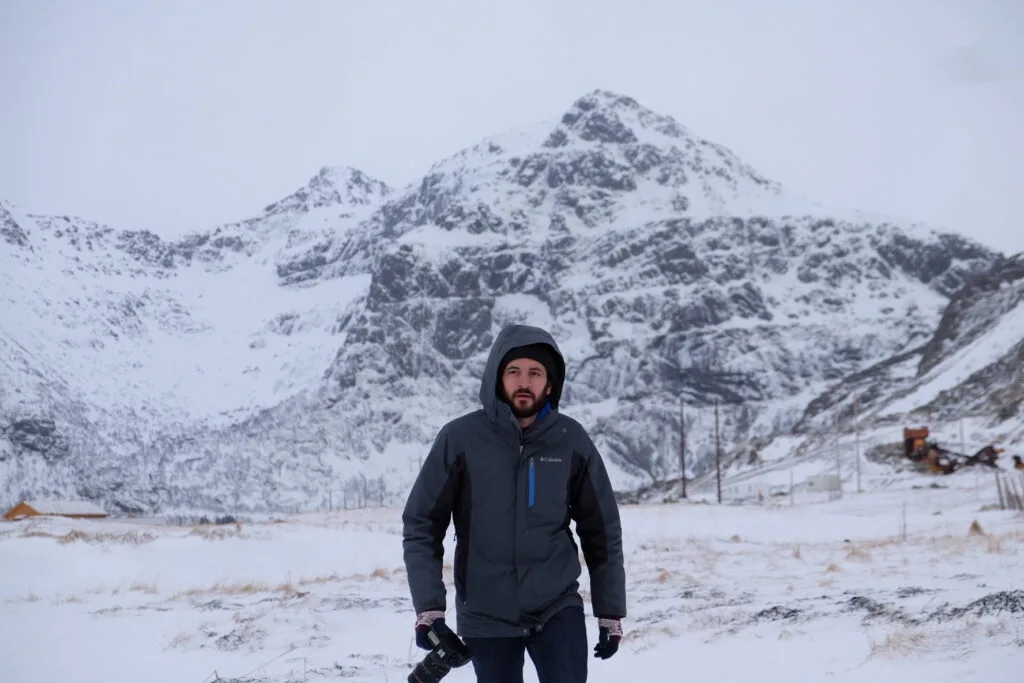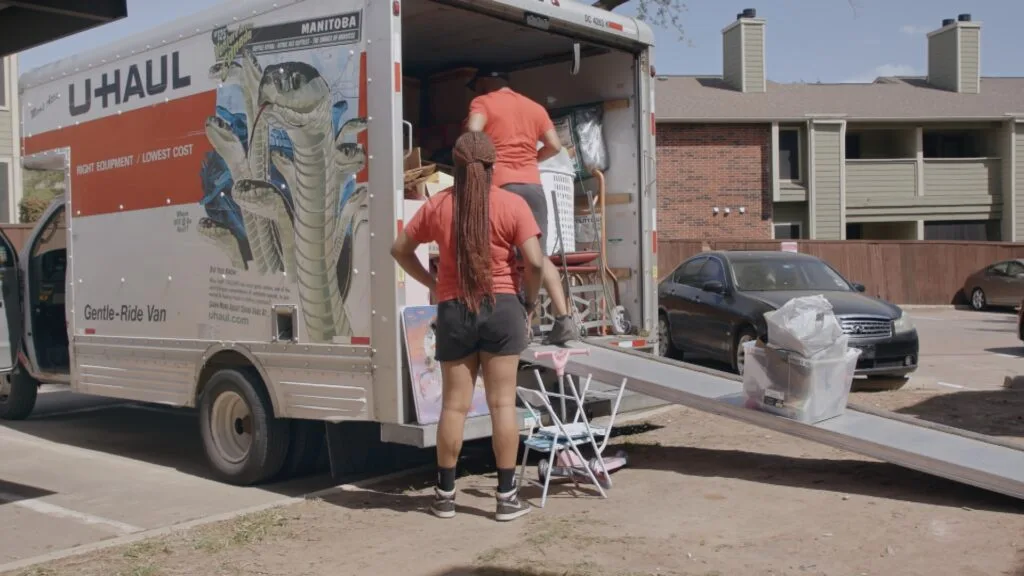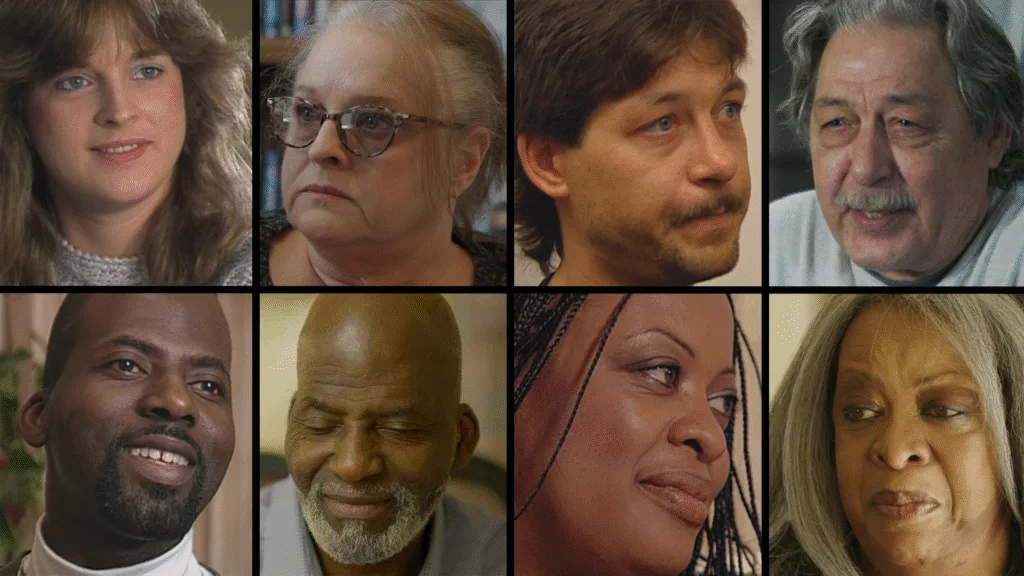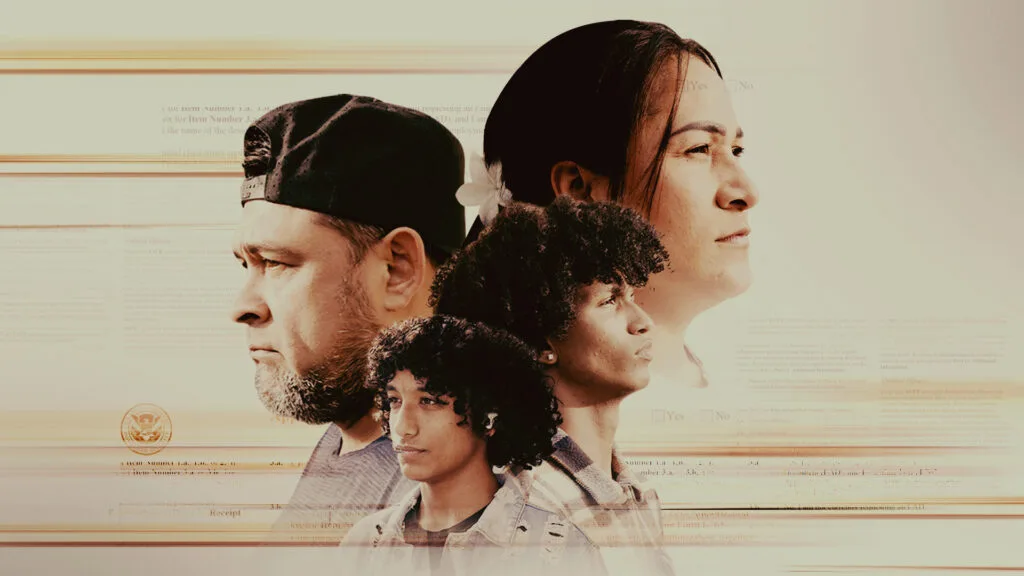How Moratoriums & Rental Assistance Impacted Evictions in the U.S. During COVID-19
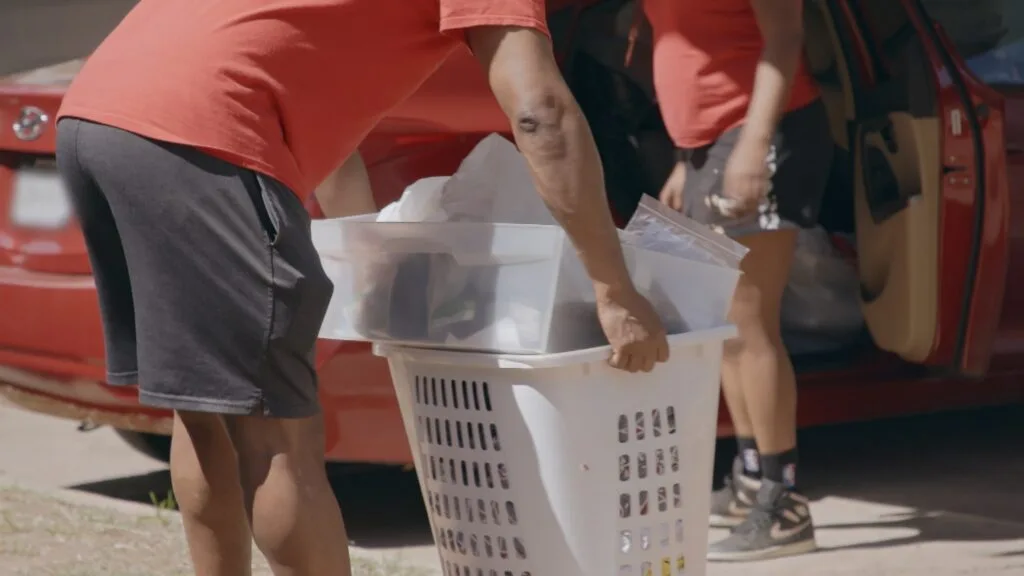
July 26, 2022
Share
This story is part of a collaboration between FRONTLINE and Retro Report that includes the documentary Facing Eviction.
Measures including rental assistance and eviction moratoriums helped more than a million U.S. households avoid losing their homes during the COVID-19 pandemic, according to estimates. But as temporary protections expire and funds deplete, evictions are once again approaching pre-pandemic levels, according to data collected by Eviction Lab and reviewed by FRONTLINE.
In the new documentary Facing Eviction, FRONTLINE and Retro Report examine federal programs intended to offset evictions — including billions of dollars in rent relief distributed through the Emergency Rental Assistance Program (ERAP) and a temporary moratorium on evictions — as well as American families who fell through the cracks.
To get a sense of how federal relief impacted pandemic-era eviction filings, FRONTLINE tallied evictions filed by landlords in six states (Connecticut, Delaware, Indiana, Minnesota, Missouri, New Mexico) and 30 cities (including Boston, Milwaukee and Las Vegas). Princeton University’s Eviction Lab collected the raw data, choosing locations where evictions were trackable on a weekly basis.
Before the COVID-19 pandemic disrupted lives and economies around the world, landlords in the United States filed an estimated 3.6 million eviction cases per year, according to Eviction Lab. But with the onset of COVID-19 stay-at-home orders and resulting business shutdowns in spring and summer 2020, the number of Americans at risk of not being able to pay rent skyrocketed.
In August 2020, researchers from nine organizations including the National Low Income Housing Coalition estimated that, without assistance, 30 to 40 million Americans would be in danger of eviction by the end of that year.
As local, state and federal eviction moratoriums took effect early on in the pandemic, the number of eviction filings in Eviction Lab’s tracked locations fell precipitously, as the chart above illustrates. Eviction filings remained well below pre-pandemic levels for the rest of 2020 and into 2021, supported by the continued eviction bans and the rollout of rental assistance.
But the chart also shows that filings have crept back up as federal and state eviction moratoriums have expired. Filings for the first six months of 2022 were 89% higher than the first six months of 2021, and in March 2022, eviction filings nearly reached the pre-pandemic average for that month. The last of the federal-rental-relief money is expected to be paid out in the coming months, according to the U.S. Department of the Treasury, which implemented ERAP.
The federal efforts “supported people at a time of extreme crisis,” Emily Benfer told FRONTLINE in Facing Eviction. She tracked the policies’ impact for Eviction Lab before going to work for the White House, helping implement rental relief. She has since left the White House and is now a visiting professor at the George Washington University Law School.
As the documentary shows, some cities and states struggled to disburse the federal assistance. But “the communities that were able to distribute rental assistance had lower displacement rates,” Benfer said. “So all of these interventions, these measures, they’re important and they matter.”
As assistance programs end, however, evictions could continue trending upward. “Housing is foundational,” Benfer said. “It’s a pillar of resiliency in the same way that employment and education are. But if you knock out that one pillar — housing, where you live, your home — you can’t access any of the others.”
Related Documentaries
Latest Documentaries
Related Stories
Related Stories
Policies
Teacher Center
Funding for FRONTLINE is provided through the support of PBS viewers and by the Corporation for Public Broadcasting. Additional funding is provided by the Abrams Foundation; Park Foundation; the John D. and Catherine T. MacArthur Foundation; and the FRONTLINE Journalism Fund with major support from Jon and Jo Ann Hagler on behalf of the Jon L. Hagler Foundation, and additional support from Koo and Patricia Yuen. FRONTLINE is a registered trademark of WGBH Educational Foundation. Web Site Copyright ©1995-2025 WGBH Educational Foundation. PBS is a 501(c)(3) not-for-profit organization.



